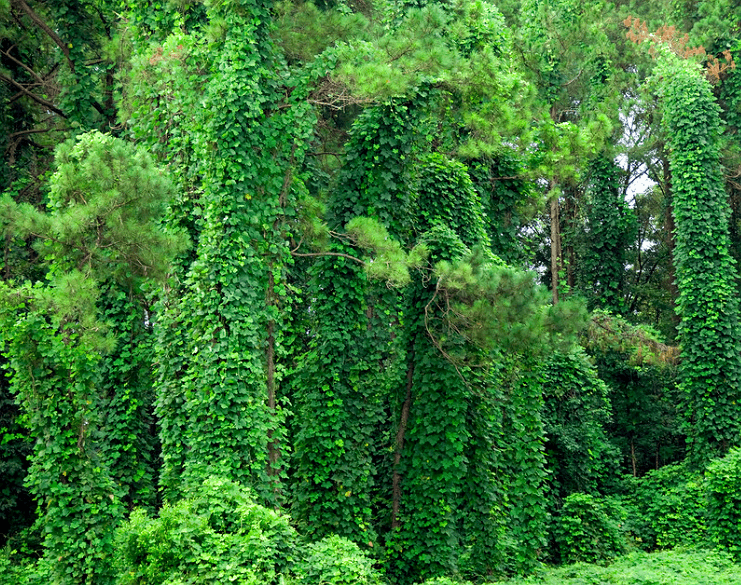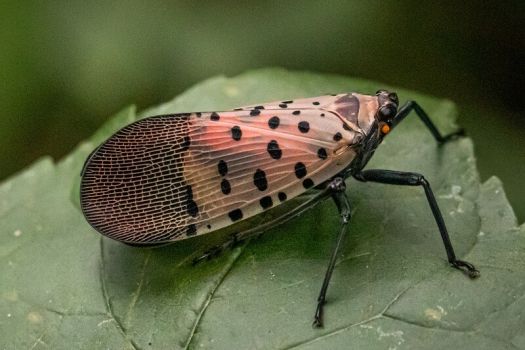What Are Invasive Species?
Invasive species are plants or animals from another region that have been placed in a new environment. Often these species are introduced to an area by humans and can spread quickly and cause damage to native ecosystems and people. While not all invasive species are necessarily dangerous or lethal, some of these plants and animals can disrupt the balance in their new environments.
Traits of Invasive Species
Invasive species have traits that allow them to thrive and spread over their new environment rapidly. Some of these include
- Ability to grow quickly
- Ability to reproduce quickly
- Ability to disperse a high number of seeds or spores quickly
- Ability to alter form to suit current conditions
- Tolerance of a wide range of environmental conditions
- Ability to sustain a diet of various food types
Invasive species are often overlooked because those unfamiliar with these plants and animals do not perceive them as threatening. However, these plants will take over large areas of land over time. A well-known example of an invasive plant is the kudzu vine (Pueraria lobata). Kudzu was brought from Asia into the United States as a food crop during the late 19th century. The vine spread throughout many southern states in the U.S. and chokes out surrounding plant life.

What Makes Invasive Species Difficult to Control?

Invasive species can be challenging to remove once established. One of the reasons is the lack of natural control mechanisms. In their native environment, plants and animals have predators or environmental factors that act as control mechanisms to keep populations in check.
For example, the spotted lanternfly is an invasive species of planthoppers native to China. In China, the lanternfly is preyed upon by native species of wasps. However, those wasps are not found in Pennsylvania, so the spotted lanternfly has spread rapidly because those predators are unavailable to keep the population in check.
Plants Have Become Established by Being Sold at Nurseries Without Proper Labeling
The most common way invasive plants spread is by being sold at nurseries. In some cases, many invasive plants often lack labeling that indicates whether the plant is native or exotic to a specific region. As a result, governments are taking more action to prevent certain invasive species from being sold at nurseries.
If you are purchasing plants for your landscape, you may wish to check to see whether the plant is native or could have negative impacts on your landscape. If you are concerned about invasive species of plants and insects on your property, contact plant health care experts to assist with removal efforts.
Invasive species are difficult to remove, as removing or controlling their population requires extensive knowledge of the specific species and the various control and removal methods. These methods also have to protect the health of other plants in the environment.
Contact Burkholder PHC for Invasive Species Management
Invasive species can threaten local ecosystems, and some have the potential to cause harm to native wildlife and people. Visit next month as we continue our series and discuss invasive plants. Burkholder PHC has experience helping homeowners in the Main Line area with all types of plants and insects. We have a team of specialists who will visit your property, conduct a plant health care evaluation, diagnose the problems, and inform you of the recommended treatment options. Contact us today for a free consultation.

